Expansion of Distribution Channels
The expansion of distribution channels is a vital driver for the Tahini Food Market. With the rise of e-commerce and specialty food stores, tahini is becoming more accessible to a broader audience. Retailers are increasingly recognizing the demand for tahini and are incorporating it into their product offerings. Recent data shows that online sales of tahini have surged, reflecting a shift in consumer purchasing behavior. This expansion allows consumers to discover and purchase tahini more conveniently, thus driving sales and market penetration. As distribution channels continue to evolve, the Tahini Food Market is likely to experience sustained growth.
Culinary Versatility and Innovation
The culinary versatility of tahini is a significant driver for the Tahini Food Market. It is not only a staple in Middle Eastern cuisine but has also found its way into diverse culinary practices across different cultures. Chefs and home cooks alike are experimenting with tahini in innovative recipes, ranging from desserts to savory dishes. This adaptability is supported by market data indicating that tahini-based products have seen a rise in popularity, with sales increasing by over 15% in the last year. As culinary innovation continues to thrive, tahini is likely to maintain its relevance and appeal, further driving growth in the Tahini Food Market.
Sustainability and Ethical Sourcing
The emphasis on sustainability and ethical sourcing is becoming a pivotal driver for the Tahini Food Market. Consumers are increasingly concerned about the environmental impact of their food choices and are seeking products that align with their values. Tahini, particularly when sourced from organic and sustainable farms, appeals to this demographic. Market trends indicate that products labeled as organic or sustainably sourced are experiencing higher sales growth, with tahini being no exception. This focus on sustainability not only enhances the appeal of tahini but also encourages producers to adopt more environmentally friendly practices, thereby fostering growth in the Tahini Food Market.
Rising Demand for Plant-Based Products
The increasing inclination towards plant-based diets is a notable driver for the Tahini Food Market. As consumers become more health-conscious, they are actively seeking alternatives to animal-based products. Tahini, made from ground sesame seeds, is rich in nutrients and offers a creamy texture that appeals to many. According to recent data, the plant-based food sector has been experiencing a compound annual growth rate of approximately 11%, indicating a robust market potential. This trend is likely to bolster the demand for tahini as a versatile ingredient in various culinary applications, from dips to dressings, thereby enhancing its presence in the Tahini Food Market.
Increased Awareness of Nutritional Benefits
The growing awareness of the nutritional benefits associated with tahini is a crucial driver for the Tahini Food Market. Tahini is known for its high content of healthy fats, protein, and essential vitamins and minerals. As consumers become more informed about nutrition, they are increasingly incorporating tahini into their diets for its health benefits. Recent studies suggest that tahini can contribute to heart health and may aid in weight management. This heightened awareness is likely to propel the demand for tahini products, as consumers seek healthier options in their food choices, thereby positively impacting the Tahini Food Market.


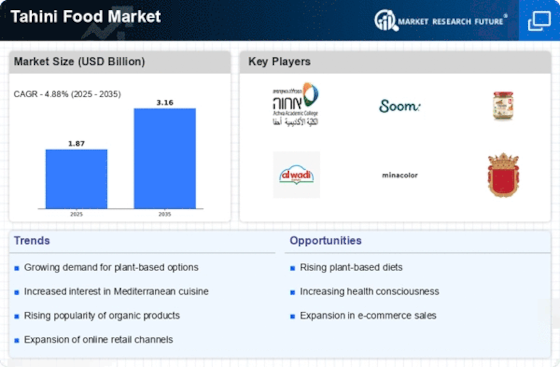
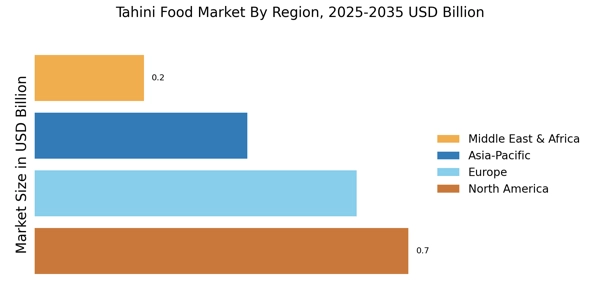

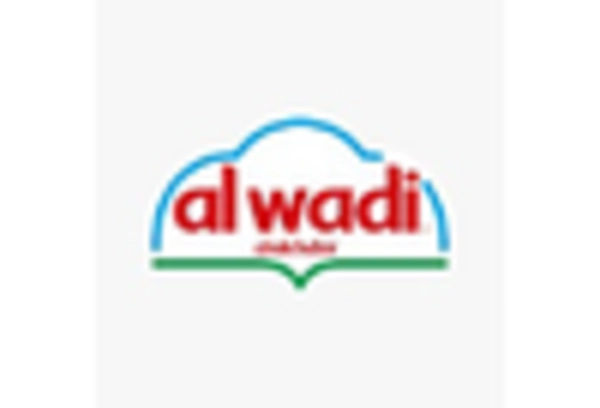
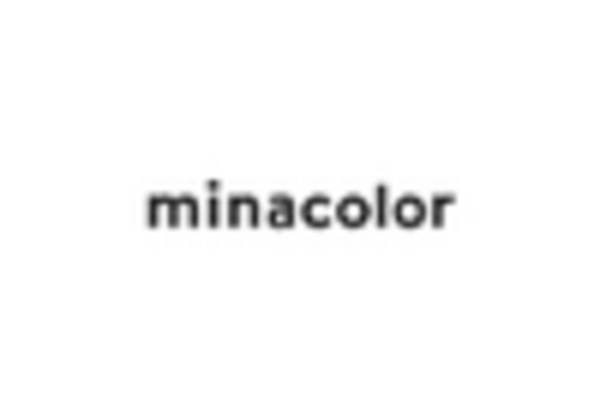

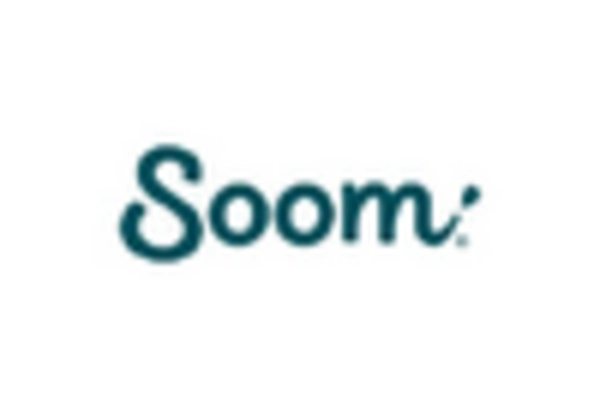
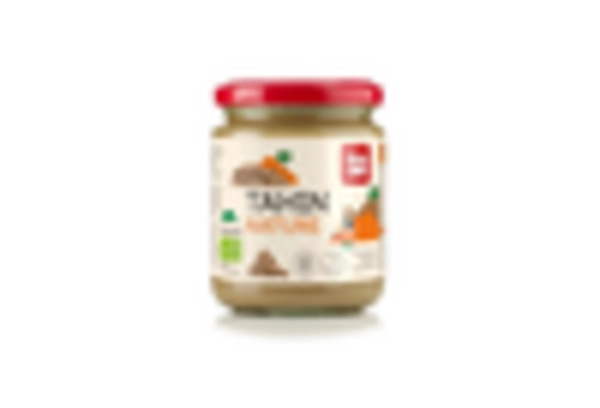








Leave a Comment